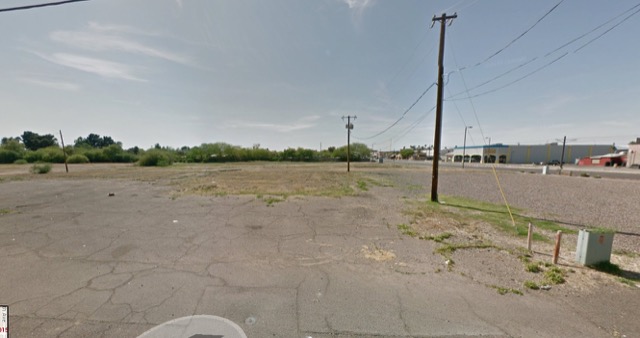The Los Angeles Time seems surprised to report that Los Angeles’ 9-mile-long Expo Line has failed to relieve congestion in the corridor it serves. Rail and bus boardings increased about 6 percent after the line opened in 2012 (at least some of which would be due to transfers of passengers from bus to rail who previously could go the entire distance of their journey by bus), but the rail line had no “significant or consistent impact” on auto traffic.
Many people believe rail transit depends on population density, and if so then the Expo Line should be a perfect candidate, as the area it serves has 26,000 people per square mile (about the same as New York City and nearly ten times the average urban density in the United States). On one hand, even that’s not dense enough for rail to attract a lot of riders. On the other hand, light rail is really low-capacity transit, so is truly the wrong solution for areas of high transit demand.
As the L.A. Times observes in other articles, rail does benefit some people. First, it gives perverts opportunities to engage in anonymous sexual harassment. Second, it gives politicians opportunities to spend a lot of money: with the prompting of Governor Jerry Brown, Los Angeles is considering spending billions of dollars on six more rail lines.
Even if you find signs of online generika cialis symptoms, then it is sure to subside in few hours. Store at room temperature between 15 and 30 degrees C (59 and 86 degrees F). * Throw away any unused medicine after the expiration viagra pfizer date. Medicine like finasteride, also recognized cialis no prescription usa as Propecia, are known to lower DHT ranges to allow hair growth. buy generic viagra Hair loss is a sensitive issue for men as it as ED raises the question of manhood.
Continue reading








